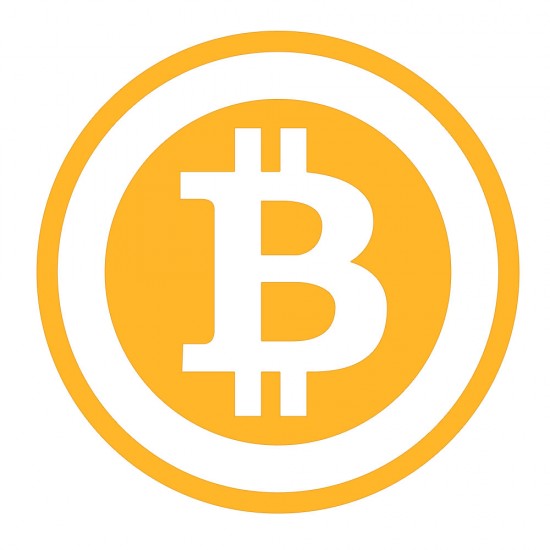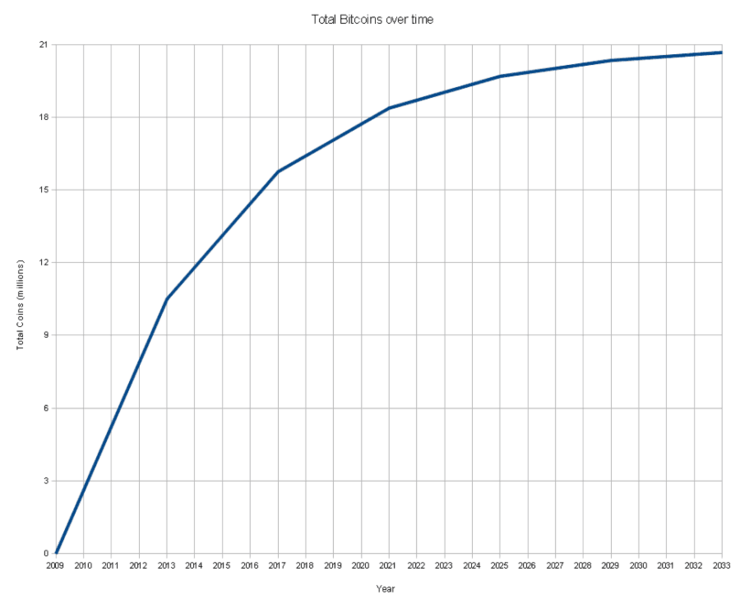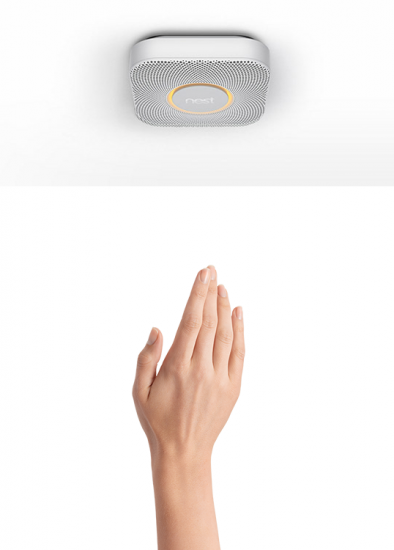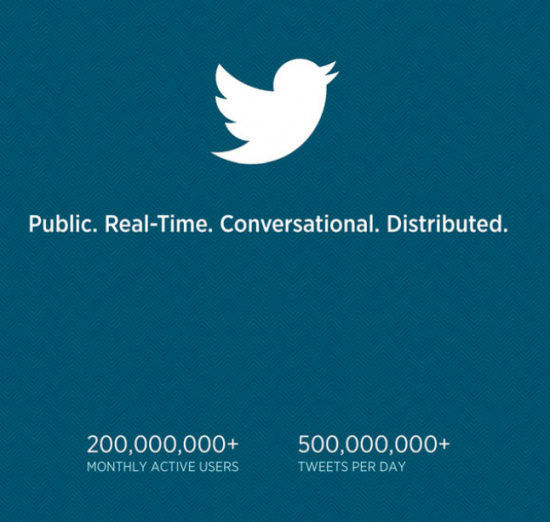
近來經常接到記者朋友打電話來詢問 Bitcoin,想了解的問題往往是它到底是什麼東西,以及拿來取代貨幣的可能性與風險。我想今天的文章,就讓我們來聊聊這個題目。
什麼是 Bitcoin
還不了解什麼是 Bitcoin 的人,可以先到 TechOrange 上惡補一下,尤其是這些文章:
簡單來說,你可以把 Bitcoin 看做一種「虛擬的黃金」。和黃金一樣,它必須要透過挖礦來開採,且總體的蘊藏量有絕對上限。但和黃金不一樣的,它看不到摸不到,一切都是以電腦位元的方式儲存 ── 因此是「Bit」做成的「Coin」。
Bitcoin 背後是由一種 P2P 分散式的資料運算與儲存結構,外加精心設計的演算法,來確保它的稀缺性以及每個單位的獨一性。不過這些技術細節不是今天討論的重點,因此我們就不深入分析。
Bitcoin 的特性

Bitcoin 的最重要特性,是從出生的第一天開始,它就被設計為新供給量將逐年降低的「虛擬貴金屬」。也就是說,假設全體人類對它的興趣沒有隨之逐年降低,則這個虛擬貴金屬的價值將會逐年成長,並且成長的幅度將隨著供給與需求間的差距而加快。
相對來說,實體的黃金並沒有這樣的特性,參考下圖你會發現,黃金的年產量在過去百多年來是逐步墊高的。(注意兩張圖的差距,Bitcoin 圖顯示的是總供給量,黃金圖顯示的則是年產量。)

貨幣與價值
了解了這兩種「貴金屬」的特性,我們接著要來探討一下貨幣與貨幣的價值。
首先,就像在「財富不是錢」中論述過的一樣,最純粹的貨幣 (也就是錢) 事實上不是一種財富,因為它本身對人類沒有任何功效 ── 千元大鈔或許可以拿來折紙飛機或是生火取暖,但這兩件事情在一般狀況下的價值遠遠低於 1,000 元能夠換來的價值。換句話說貨幣本身只是一種中間產物,用來當價值交換過程中的介質,讓交易更為順暢,解決缺乏介質的以物易物模式產生的種種無效率性。
我的牛奶可以跟你換米嗎?什麼?你只有鞋子?我已經有鞋子了!他有米?但是他想要豆腐?誰有豆腐?你不能先把我的牛奶拿去放著嗎?牛奶會壞掉?天啊!這是什麼沒效率的世界…
因此貨幣最重要的功能就是流通性與儲值性,越多買賣方願意接受一個貨幣,並且它所儲存的價值越穩定,則它就是越棒的貨幣。其中價值的儲存尤其重要,因為如果一個貨幣的價值很不穩定,則願意接受它的買賣方也會減少,那回過頭就會讓它的價值減損。
所以為什麼早期黃金自然成為了人類社會重要的貨幣,因為它的產量相當低,且閃亮亮的很適合拿來炫富。有人開始配戴後引起更多人的興趣,逐漸成為了多數人都嚮往的玩意。然而黃金的供給永遠無法跟上需求,因此讓它的價值長期維持高檔,形成了價值儲存的能力。很多人喜歡,又能夠維持價值,因此它成為了一種廣泛被接受的價值交換介質,一種貨幣。
就和 Bitcoin 一樣,黃金的興起是一個由下往上的 P2P 共識形成,因此這個能量是非常根深蒂固的。即使是後來人類社會透過政治的力量,發行了由國家保障流通性與價值的貨幣,但在改革的初期,仍舊必須要透過保障黃金的兌換來維持價值,而即使到了今天,黃金仍是多數人有共識的終極價值保存工具。(想到戰爭逃命,你第一個想到的家當一定是金條。)
升值與貨幣
貨幣需要能夠穩定的儲存價值,但如果它儲存的價值不斷在上升,會發生什麼事情呢?假設我跟你說你銀行裡的存款,每年都會增值 20%,換句話說,放個四年它的價值就會變成兩倍,你會做什麼事情?當然是很捨不得花。如果大家都捨不得花,那貨幣的流通量就會降低,貨幣的流通量降低,它的價值又會更升高,如此就形成了一個惡性循環,最後反而會扼殺這個貨幣作為交易介質的能力。
不僅如此,因為這個東西會不斷升值,長期囤積者就會開始出現,而且他們會取得日益升高的市場操控能力。等到他們累積了對價格產生衝擊的能力,他們會對市場發動攻勢來創造震盪,因而取得更多貨幣,接著又得到更強大的能力。
因此在實務上貨幣必須設計成「貶值型」介質,也就是由國家透過控制貨幣供給去形成長期的微幅通貨膨脹,換句話說就是貨幣價值貶抑,來鼓勵人們不要一直把貨幣拿在手上,儘快 (趁它還沒貶值前) 拿去換成你要的東西,因此可以維持貨幣的流通量,順暢買賣交易。當然這樣的設計同時也大大削弱了想要囤積貨幣、破壞市場者的力量。
Bitcoin 作為貨幣
因此,與黃金相比,Bitcoin 少了閃亮亮的炫富效果,所以並沒有終極的價值錨點。且相反於黃金,Bitcoin 的供給量是無法成長的。也就是說,Bitcoin 的價值完全起源於人們的「信心」,大家相信這個稀缺性是有價值的,且相信其他人也有同樣的共識。目前看來,有這樣共識的人正在不斷上升,且速度比 Bitcoin 的供給量還快,因此 Bitcoin 至今的長期價值是震盪上揚的。

那會造成像 Winklevoss 兄弟這種囤積者開始出現,且越來越多。他們會去衝擊 Bitcoin 的價值,企圖從震盪中獲利。而 Bitcoin 的價值完全基於信心的這個根本,又會讓每次衝擊的震盪更為劇烈,也讓 Bitcoin 更淪為炒作工具,也就越難作為一個價值穩定的貨幣。
最後,到 2040 年,當 Bitcoin 的總量到達 2,100 萬時,它的新供給將會完全停止。這又會讓事情更加惡化,因為囤積者的力量還會更強。
虛擬支付
也因此,我認為 Bitcoin 是一個很有趣的金融工具,聰明的人在裡面有相當大的獲利空間。但由於它供給量的設計,因而很有可能造成的長期升值特性,以及幾乎完全基於使用者「信心」的價值來源,我不看好它作為一個貨幣,也就是價值交換介質的前景。
但即便如此,我非常看好虛擬支付的前景。貨幣的發明,取代了以物以物的過程,讓交易更為順暢。但貨幣畢竟還是一種「物」,既然還是物,就還是有它不夠方便的地方,需要提領、需要攜帶、需要交換、需要擔心遺失。因此當悠遊卡這種「虛擬錢包」出現,馬上就受到歡迎,因為大家不用再處理麻煩的零錢。
所以如果有任何東西能夠比悠遊卡還要方便,讓你甚至連卡都不用帶,只要能驗證身分,就能夠完成交易,那這個東西一定會比貨幣、悠遊卡還受歡迎。事實上,這個東西早就出現,在 App Store、在 PayPal、在 Amazon,你都只需要輸入一組密碼,甚至很快的連密碼都不需要,只要掃描一下指紋就能夠完成付費。
所以虛擬貨幣一定會興起,因為虛擬支付是人類的心之所向,它勢必會成為未來主流交易方式。或許 Bitcoin 不會是那中間最棒的介質,但在我們逐步改寫金融秩序,緩緩邁向全面虛擬支付的這條路上,我相信,還會有很多虛擬貨幣出現,因此也會衍生很多創業機會,可以讓大家追逐。
___
歡迎在 Facebook 追蹤我的創業觀察
(Images via gliph, Wikipedia, wealthdaily and bitcoincharts)







